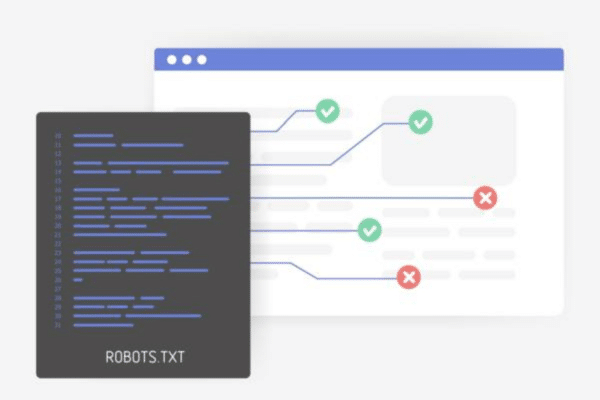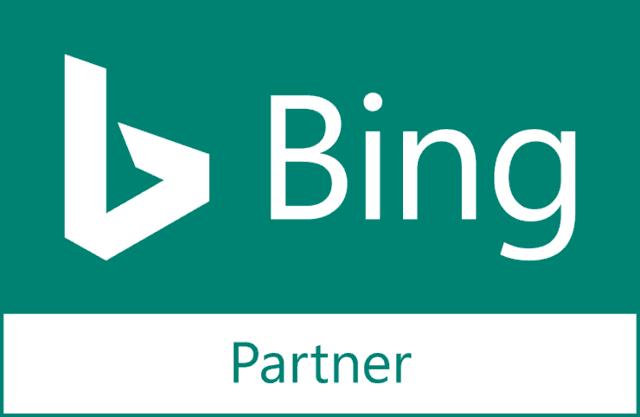We are speakers at brightonSEO 2024!
The Unik SEO team joins the prestigious panel of speakers at the world’s largest search marketing conference – brightonSEO.
Two members of our team — Filipa Olmo and Miguel Varela — will attend this year’s brightonSEO. They will represent Portugal at the 29th edition of the world’s largest SEO marketing conference, which will take place on April 24 and 25.
29th edition of brightonSEO
What began as a random meeting between some SEO (search engine optimization) enthusiasts in a Brighton pub in 2010, the brightonSEO conference quickly grew to become the largest conference of its kind globally.
Held biannually in the British city of the same name, this event attracts thousands of participants worldwide, who can find a wide range of talks, workshops, and training sessions given by renowned experts in digital marketing and SEO.
In each edition of this conference, more than 100 speakers share their best practices, innovative strategies, and visions for the future of SEO. The conference, which provides unique learning opportunities, also acts as an ideas hub and networking space for professionals across the digital marketing spectrum.
Unik representatives in brightonSEO 2024
This year’s edition of brightonSEO is particularly special for the SEO community in Portugal, as two of the most experienced members of our team, Filipa Olmo and Miguel Varela, are part of the conference’s prestigious panel of speakers.
Filipa Olmo
With over a decade of experience in digital marketing and agency management, Filipa Olmo is a true citizen of the world, having worked in several cities, including London, Paris, Bangkok, Barcelona, and Lisbon.
This experience of different cultures and markets has given her a unique perspective on digital marketing and SEO strategies.
Miguel Varela
With over 20 years of experience in management, our CEO is also a true citizen of the world. His professional career has taken him to work in various markets and contexts, including England, Puerto Rico, Príncipe Island, and Portugal.
His passion for SEO, surfing, and biology has given rise to a unique leadership style that values constant adaptation and learning.
Unik SEO: unique solutions for exceptional results
We are a SEO agency that offers services fully adapted to each client’s unique characteristics.
Our top priorities are the growth and visibility of companies in the digital domain. Led by experienced professionals like Miguel and driven by innovative specialists like Filipa, our strategy is based on a unique combination of experience and disruptive approaches, putting us at the forefront of this highly competitive market.
Our success stories cover a wide variety of industries, proving how a good SEO strategy can lead to substantial results, regardless of the market niche.
With a team of SEO specialists as diverse as it is skilled, we offer customized solutions that adapt to each client’s unique needs and challenges.
Why do more and more people trust our agency?
In an increasingly competitive digital market, maintaining an active and relevant online presence is becoming increasingly complex and important.
That’s why our agency offers the most up-to-date SEO services that adapt to the ever-changing dynamics of search engines and consumer behavior.
Whether you want to improve your website’s organic search potential, increase your e-commerce sales, or boost your brand’s digital presence, we have the knowledge and experience to do it.
Together we make history
The inclusion of Portuguese talent on the panel of prestigious speakers at brightonSEO is much more than a source of pride for our team; it’s also a celebration of the global recognition of our country’s professionals.
To find out what Filipa, Miguel, and our entire team of “Unikers” can do for you and your business, get in touch and request your free SEO analysis now!













